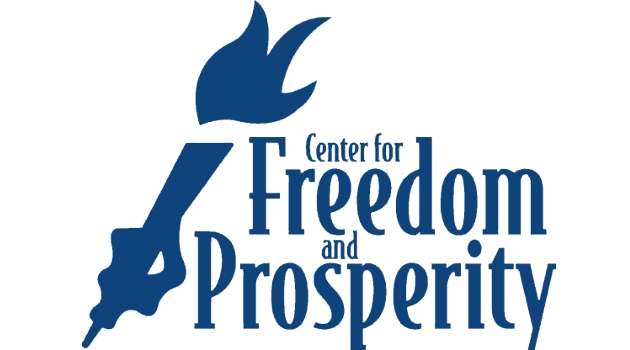Last month, Amity Shlaes came to Cato to discuss her superb new book about Calvin Coolidge.
I heard her discuss the book back in January while participating in Hillsdale College’s conference on the 100th anniversary of the income tax, but the book is so rich with information that I was glad for the opportunity to listen to her provide additional insights on a great President.
I also got to provide some commentary on the book and the lessons that we can learn from the Coolidge era.
I managed to talk for more than 15 minutes, but I could have boiled my remarks down to these two points.
- Small government is the best way to achieve competent and effective government. Coolidge and his team were able to monitor government and run it efficiently because the federal budget consumed only about 5 percent of GDP. But when the federal budget is 23 percent of GDP, by contrast, it’s much more difficult to keep tabs on what’s happening – particularly when the federal government operates more than 1,000 programs. Even well-intentioned bureaucrats and politicians are unlikely to do a good job, as illustrated by this Eric Allie cartoon.
- Higher tax rates don’t automatically lead to more tax revenue. Coolidge and his Treasury Secretary practiced something called “scientific taxation,” but it’s easier just to call it common sense. Since Amity’s book covered the data from the 1920s, I shared with the audience some amazing data from the 1980s showing that lower tax rates on the “rich” led to big revenue increases.
But if you don’t believe me, listen to these powerful remarks from “Silent Cal.”

